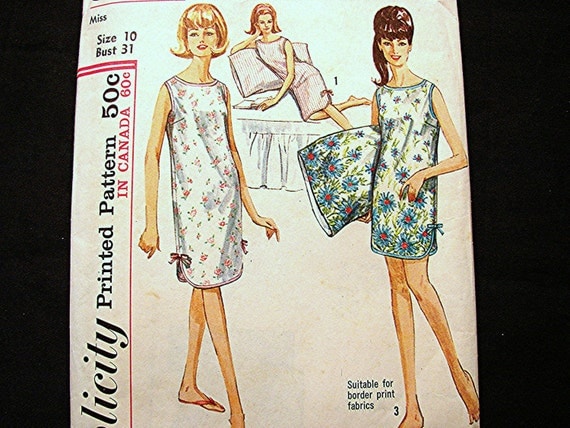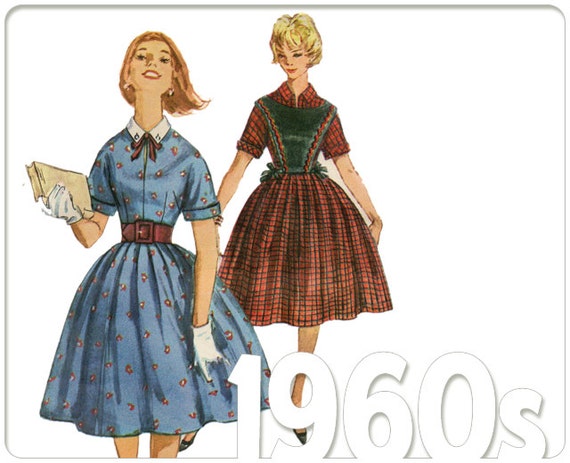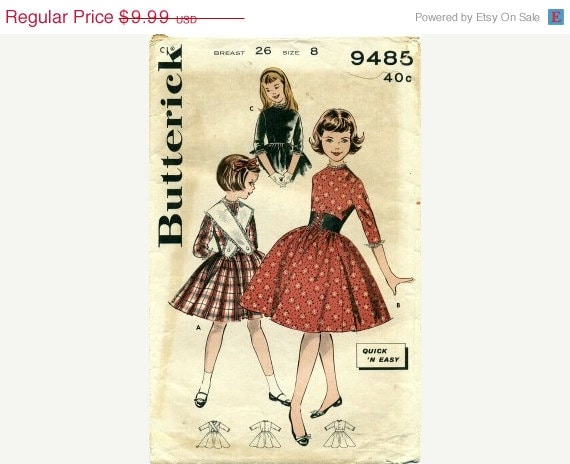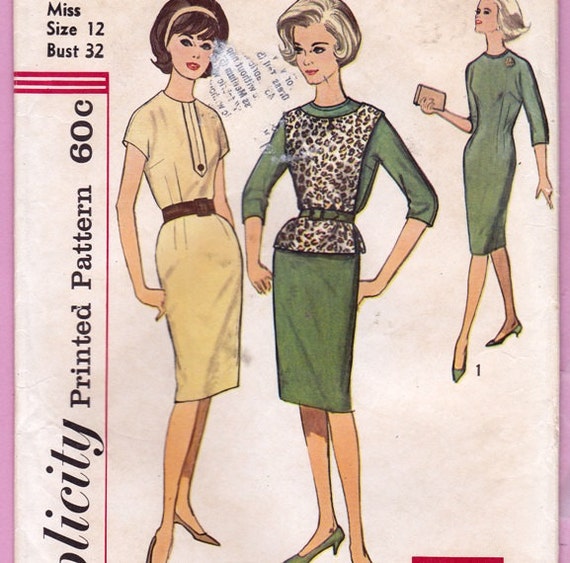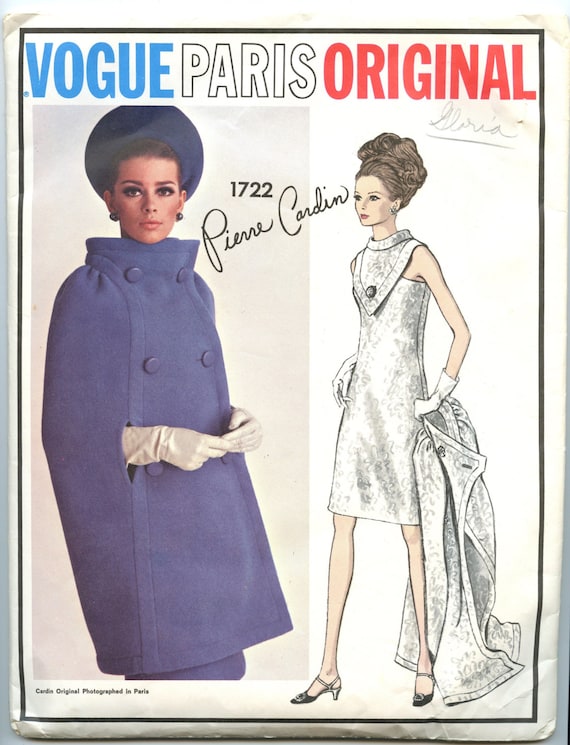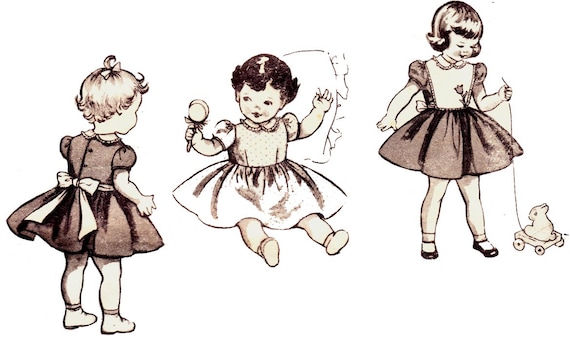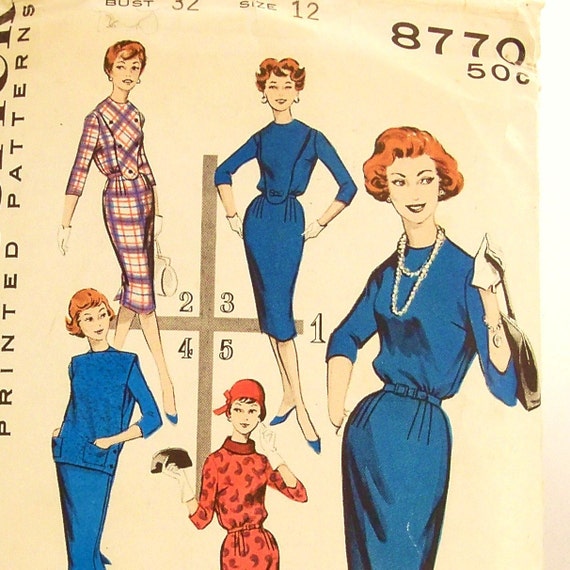Summer is winding down and back-to-school is on everyone's minds. However, it's never too early to start thinking about Halloween (or, as it used to be spelled, "Hallowe'en")!
Most scholars think Halloween stems from a pre-Christian Celtic festival called Samhain (pronounced
Sah-ween), the significant holiday of
the Celtic year. It was believed that around November 1 (the beginning of the
new Celtic year), ghosts were able to mingle with the living—on that day the
souls of people who had died during the year traveled into the otherworld. To
help them on their journey, animals were sacrificed and fruits and vegetables
were left out (traditions such as bobbing for apples and carving vegetables
such as turnips and pumpkins into jack o’lanterns stem from this); bonfires were
lit to assist the dead on their journey (and to keep them away from the living!).
After the establishment of Christianity, the notion of a day (November 1) to honor
souls became All Saints Day, so October 31 became All Hallows (Hallowed =
Saintly) Eve (Hallow Evening = Hallowe’en = Halloween).
Halloween is a holiday
of many mysterious customs, most of which can be traced back to the ancient
Celtic day of the dead. Knocking on doors demanding treats (or threatening a “trick”/mischief)
can be traced back to the original notion that ghosts, fairies, witches, and
demons were wandering amongst us. Over time, people began to dress like these frightening creatures, disguising
themselves to blend in and performing in exchange for refreshments. This is
called mumming, and trick-or-treating as we know it developed from the practice. The first report of children “guising”
(asking storekeepers for treats while in costumes) dates from 1911, but the term “trick-or-treating”
doesn’t appear until the 1930s; it didn’t become the widespread activity we know today until after World War II.
Before the 1930s, the idea of fancy dress costumes for adults
were popular for many different occasions, not just Halloween. The Dennison
Manufacturing Co.—who made crepe paper and a zillion other paper products—published
numerous booklets with instructions on how to make these costumes. Halloween
began to become a more child-centric holiday in the late 1930s, and in 1937 the Ben
Cooper Co. (Cooper made Ziegfeld Follies costumes before launching his business)
began to manufacture children’s Halloween costumes and masks and sell them in
stores such as Woolworth’s.
Black-and-white images are crepe paper costumes from various editions of Dennison booklets, "How to Make Paper Costumes,"' from my own collection (I am obsessed!); color image of Pictorial pattern courtesy Tuppence Ha'Penny blog
And of course, for decades, millions of parents have gotten out
their sewing machines and made that perfect costume for their children (the
earliest pattern I can find is a Pictorial witch costume from the 1920s,
pictured above). Early costumes tended to be traditional witches, clowns, ghosts,
and devils, but in the 1950s with the advent of TV, pop culture characters became
popular. Dressing little kids up as animals has endured over the decades as
well, and the princess/fairy/ballerina look is also alive and well. Costumes have seen controversy—especially those that are seen to
appropriate cultural symbols or deal in stereotypes—but today Halloween is a
bigger holiday than ever, in part because it has become one of the only occasions
when adults dress in costumes.
Let’s look at some amazing vintage costume patterns from
members of the Pattern Patter team. I’ve focused here on children’s costumes
(for the most part). Interesting to note: the different incarnations of aliens/spacemen
(the earliest on Etsy is Butterick 3352, from the 1950s, seen here in first collage, fourth row, second image).
Simplicity 4073: knightcloth (1940s)
McCall 1485: paneenjerez (1940s)
Second row: Butterick 4695: FarfallaDesignStudio (1940s)
Simplicity 4865: Fancywork (1950s)
McCall’s 2115: mbchills (1950s)
Butterick 6551: ViennasGrace (1950s)
Third row: McCall’s 1855: FriskyScissors (1950s)
Simplicity 4863: patternshop (1950s)
Advance 709: retromonkeys (1950s)
Simplicity 4072: sewbettyanddot (1950s)
Fourth row: Butterick 6342: Denisecraft (1950s)
Butterick 6756: Fragolina (1950s)
Butterick 3352: Clutterina (1950s)
Butterick 6758: sydcam123 (1950s)
First row, left to right: McCall’s 7223: VogueVixens (1960s)
Butterick 6757: ComeSeeComeSew (1960s)
Second row: Simplicity 6201: GreyDogVintage (1960s)
McCall’s 2080: nancesnostalgia (1960s)
McCall’s 9401: TabbysVintageShop (1960s)
McCall’s 2459: PatternMatters (1960s)
Third row: Simplicity 9052: allfairyvintage (1970s)
McCall’s 5254: ErikawithaK (1970s)
Simplicity 6696: HoneymoonBus (1970s)
Butterick 5105: Sutlerssundries (1970s)
Fourth row: Simplicity 9051: JFerrariDesigns (1970s)
Simplicity 7683: linbot (1970s)
Simplicity 8221: TwoButtons4Ever (1970s)
Simplicity 6455: PurplePlaidPenguin (1970s)
Top row, left to right: Simplicity 7729: PengyPatterns
Top row, left to right: Simplicity 7729: PengyPatterns
Second row: Vogue 8476: RosesPatternTreasury
Third row: Simplicity 8332: PatternAndStitch
Fourth row: Butterick 4171: VintageNeedleFinds
(All of the patterns in the third set are from the 1980s or later.)
Text sources: HalloweenHistory.org; LibraryOfCongress/Folklife; and Retroland.
Which costume would YOU make for the little one in your life (or which one did YOU wear when you went trick-or-treating?)? Tell us in the comments!














